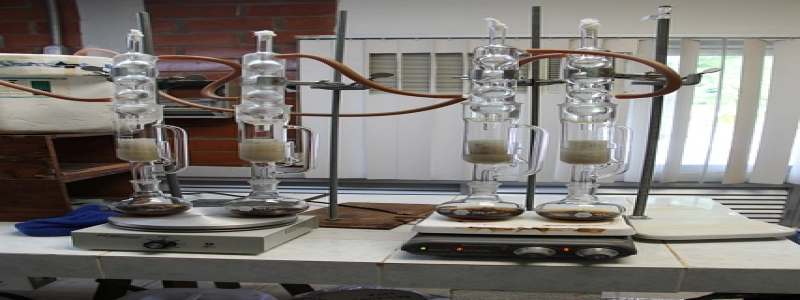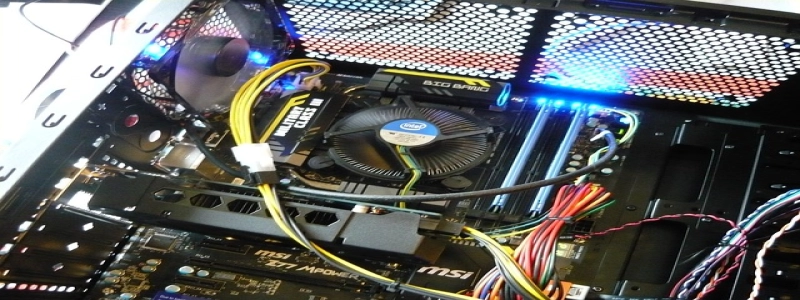Megahertz to Wavelength
Introducere:
In the field of telecommunications, understanding how different units of measurement relate to each other is vital. One such relationship exists between megahertz and wavelength. În acest articol, we will delve into the concept of converting megahertz to wavelength and shed light on the intricate details involved.
eu. Understanding Megahertz:
1. Definition of Megahertz:
– Megahertz (MHz) is a unit of frequency commonly used in telecommunications and radio communication.
– It represents one million cycles per second.
– Megahertz is denoted by the symbol MHz.
2. Applications of Megahertz:
– Megahertz is often used to express the frequency of radio waves, television signals, and computer processor clock speeds.
– It is essential in determining the performance and efficiency of various electronic devices.
II. Exploring Wavelength:
1. Definition of Wavelength:
– Wavelength is a crucial measurement in the field of physics that represents the distance between successive crests, troughs, or any identical points on a wave.
– It is denoted by the symbol λ (lambda) and is usually measured in meters.
2. Relationship between Megahertz and Wavelength:
– The relationship between megahertz and wavelength is reciprocal.
– As frequency increases, wavelength decreases, and vice versa.
– This inverse relationship is mathematically expressed as λ = c / f, where λ is the wavelength, c is the speed of light (approximately 3 x 10^8 meters per second), and f represents the frequency in hertz.
III. Converting Megahertz to Wavelength:
1. Step-by-step Conversion Process:
– To convert megahertz to wavelength, use the formula λ = c / (f * 10^6), where λ is the wavelength in meters, c is the speed of light, and f is the frequency in megahertz.
– Divide the speed of light (3 x 10^8) by the frequency in megahertz.
– Multiply the obtained value by 10^-6 to convert meters to megahertz.
2. Example:
– Suppose you have a frequency of 100 MHz.
– Using the conversion formula, λ = (3 x 10^8) / (100 x 10^6).
– Simplifying the equation, λ = 3 meters.
IV. Practical Applications:
1. Antenna Design:
– Understanding the relationship between megahertz and wavelength is vital in designing antennas for efficient signal transmission and reception.
– Antenna size is directly proportional to the wavelength, so different frequencies require antennas of varying dimensions.
2. Radio Frequency Identification (RFID) Technology:
– RFID devices utilize different frequencies for communication and identification purposes.
– Megahertz to wavelength conversion is crucial in optimizing the performance and range of RFID systems.
Concluzie:
Converting megahertz to wavelength is a fundamental concept in telecommunications and radio communication. It involves understanding the reciprocal relationship between frequency and wavelength. Through the use of the conversion formula and the knowledge of this relationship, we can accurately determine the wavelength corresponding to a given frequency in megahertz. This understanding is crucial in various applications, such as antenna design and RFID technology, where optimizing performance requires precise wavelength calculations.








